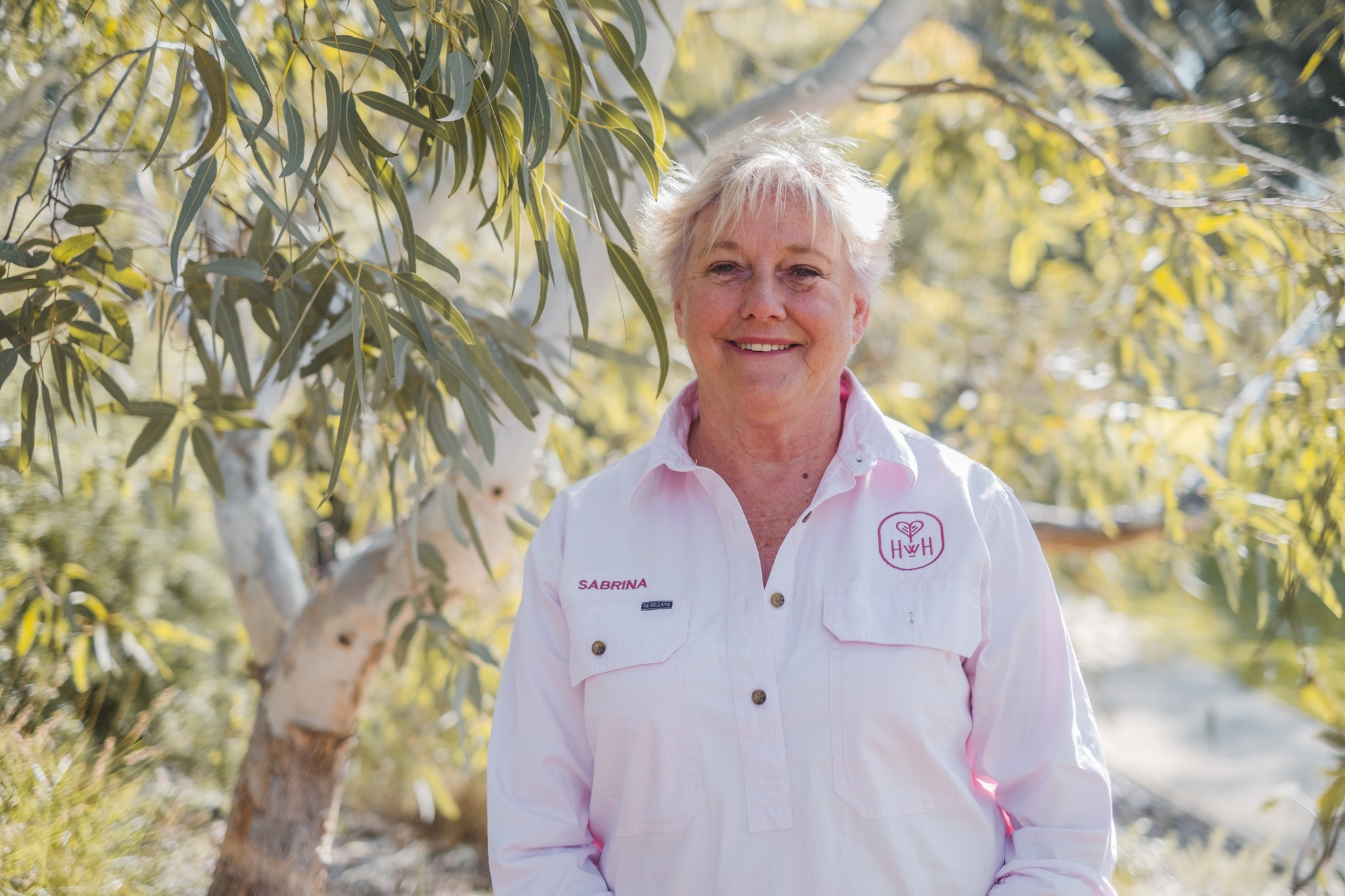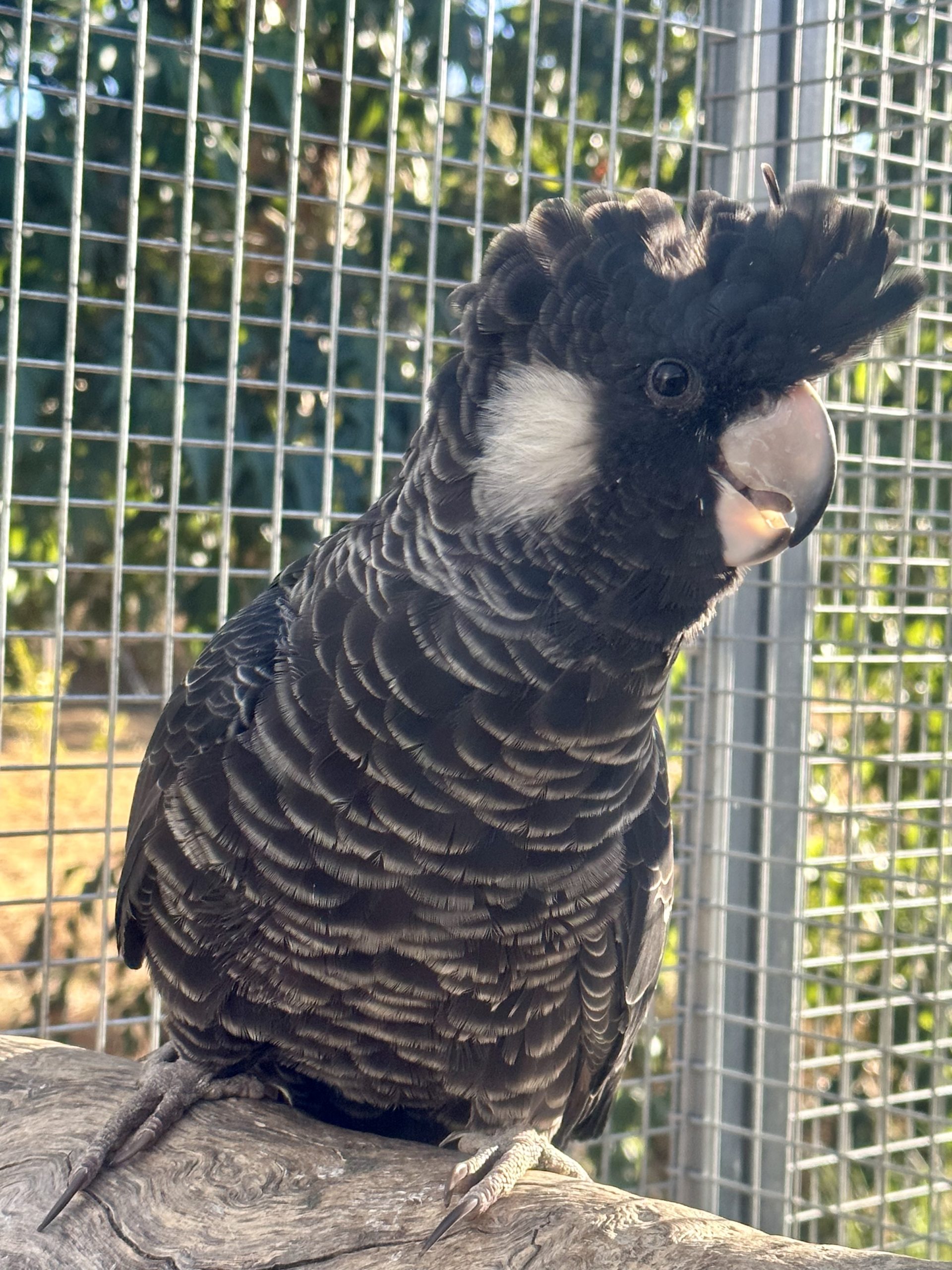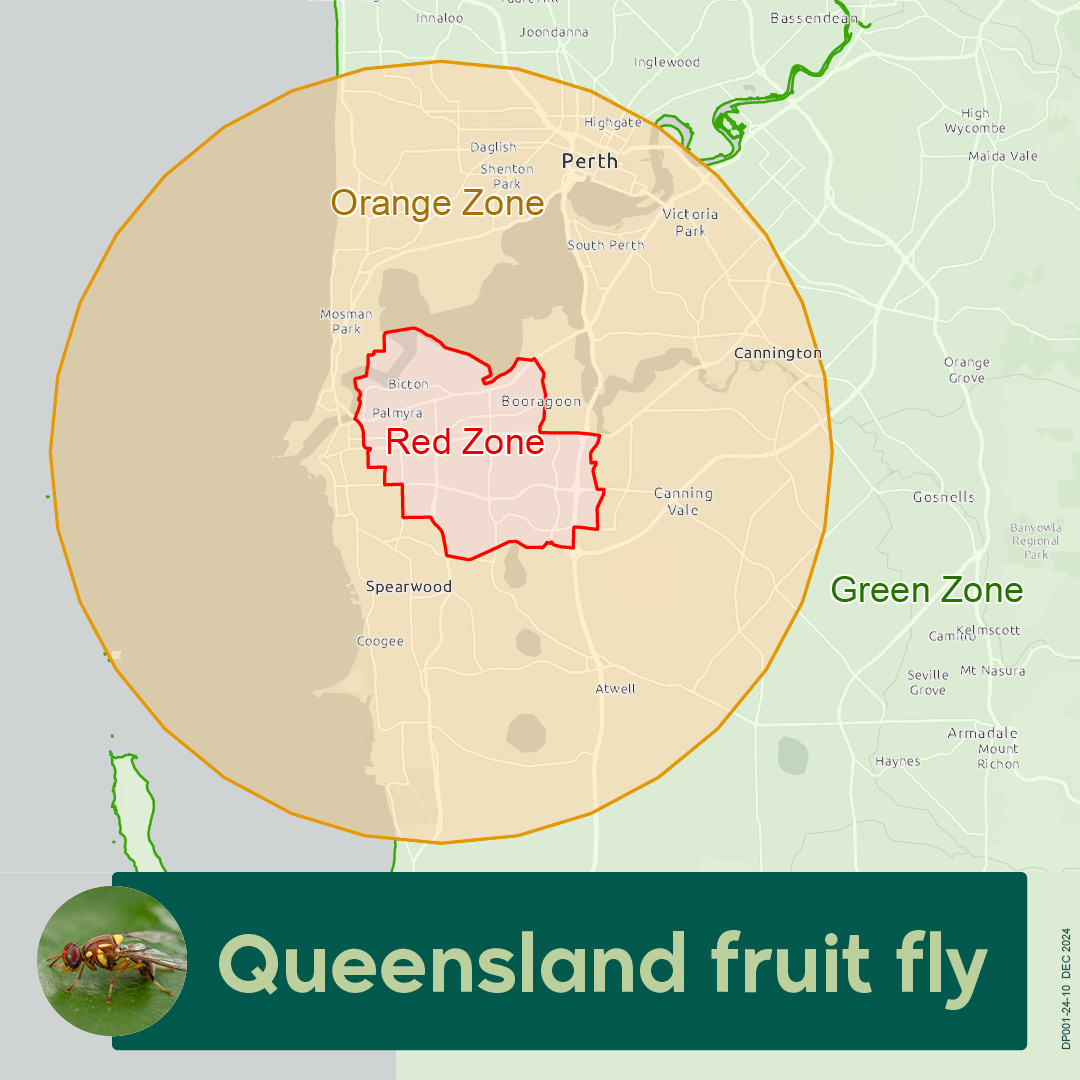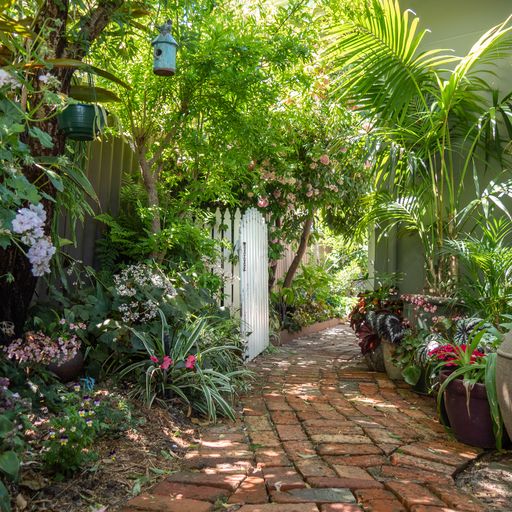The warmer summer months are definitely the time to get your cucurbits into the ground. Not it’s not your old smelly sock pile, but the melon family. Temperatures above 15 degrees will be needed for germination to be successful. The cucurbit family is made up of watermelon, pumpkins, cucumber, zucchini, squash, marrow and rock melons. Most cucurbits are annuals and are much better planted directly into the soil from seed, as they hate root disturbance. The great thing about annual vegetables is that they mature quickly. The seed is large and flat so it’s a great starter plant for kids and novice adult gardeners. All the cucurbit family need is lots of sunshine and room to grow.
Soil Preparation
Any plant that is a fruit producing annual will need lots of good nutrients and ample moisture in the ground. Good drainage is essential for this whole family, as is good quality compost, manure and mulch. Although most of us have had experience with a rabid pumpkin taking over the backyard growing on neglect, a good source of nitrogen is essential for good cropping. It is best to prepare the area for growing a few weeks before planting out the seed. Always sow 2 or 3 seeds in the one hole and then remove the weakest. Mix in equal parts of manure, compost and 2 handfuls of rock dust into the soil. In free draining sandy soils, make a well around each seed so that water collects around the root base. If you live in heavier clay soils you will need to do the opposite and mound the plants up to assist the drainage.
Most of the cucurbit family has large sized leaves that transpire lots of water and often wilt during the hottest part of the day. If you are planting out mid summer the softer fruits such as cucumber you may need to give them afternoon shade. Mulching is vital to the health of the plant and prevents evaporation around the root system. You will need it about 5cm thick. I like to use lupin mulch, but pea straw or lucerne hay is just as good.
Avoid overhead watering as this may encourage powdery mildew, which can be a bit of a problem with some of the cucurbit family. If you have to water with overhead sprinklers, do it early in the morning so the water evaporates before the heat of the day hits the leaves. When temperatures reach over 34 degrees you may need to water cucurbits twice a day depending on the site and soil type.
Flowering
Quite often male flowers will seem to be the majority of flowers on the melon family. The male flowers will be attached to long stems that grow into the leaf canopy with a rod-like stamen in the middle of the flower. The female will have a round lump below the petals and grow close to the main stem. Unless you have many bees around you may need to hand pollinate the flowers yourself. However, you must pollinate the female flowers while they are closed or semi-closed for success. This needs to be done early in the morning. Pluck two male flowers to each female and pull the petals off the male flower and tickle the stamen onto the female flower.
Pumpkin, marrow & Squash
These are warm season, frost-tender, vine crops with fruit of various sizes, shapes, colours and intensity of flavours. Pumpkins, marrow and squash need plenty of organic material added to the soil to aid fertilization and fruit set. Once fruits reach golf ball size apply additional all-purpose fertiliser around the root zone. Pumpkins are best planted in full sun in pairs at 40 – 50cm apart. They will reach maturity around 3-4 months later. Start harvesting when the vine begins to die back. When you cut your pumpkin off the vine, always leave a 10cm stalk and store in a dry area with good air circulation. This will prevent disease entering the pumpkin. Marrow and squash mature sooner and are more compact and can be grown up a trellis. Pumpkins are slow to fruit and will take up to 17 weeks before they can be harvested.
Varieties
- Prescott Fond Blanc – (heirloom) dates back to 1850’s sweet orange juicy flesh.
- Turk’s Turban – has a little knob on top with orange, white and green strips.
- Butternut – long and delicious, fruits better in warm climates.
- Atlantic Giant – the giant pumpkin that can reach up to 220kg.
- Delicata Bush Mini – the dwarf little pumpkin that tastes similar to sweet potato.
- Jap – soft skin and compact fruit. It actually stand for Just a Pumpkin.
Rockmelon
Rockmelon seeds are best planted at 120cm apart and mounded up. They will need regular watering to start them off and during flowering, but be careful not to over-water once the melons start to reach half their size as this may cause rotting. Keep an eye out for the 2 different male and female flowers. If there are no bees around you might need to pluck the male flower off and tickle the female flowers to ensure cross-pollination. Rockmelons will be ready for harvest in around 12 weeks.
Varieties
- French Charentais (heirloom) – orange flesh and is good for cooler climates.
- Mini Melon Minnesota – dwarf melons 10cm in size but they make up for it with the flavour. Grows on a 1m vine and is wilt resistant.
- Nutmeg – sweet greenish flesh suitable for cooler climates.
- Ha’Ogen – sweet and fragrant and compact in growth
Cucumber
Cucumber is a warm season vine that can be trained up a trellis or left as a ground cover. They will need temperatures above 24 degrees to set fruit. Cucumbers prefer a slightly acid soil that is very free draining. They develop a deep root system and will need ample water and liquid fertilising until the cucumbers are well formed. Plant seeds about 2cm deep and space them 2.5m apart. Always cut back the main leaders to encourage the development of female flowers. You will be harvesting within 7 weeks.
Varieties
- Spacemaster – stocky little cucumber with 20cm fruits.
- Armenian Burpless – ribbed skin and yellow flesh with huge yields.
- Lebanese – Meditierranean long and thin fruit with large yields.
- Revel – mildew and virus resistant with long dark green fruit.
Watermelon
What kid wouldn’t want to grow watermelons? There is something wonderful about a vine-ripened melon that has all the natural sugars peaking. Thankfully there a quite a variety of watermelons available now, including the fabulous compact Sugar Baby. These smaller melons hardly take up any room in the veggie bed and are quick to mature. Plant the seeds 4cm deep and space 3m apart if the full sized melons or 1.5m apart for the compact variety. From seed to harvest is around 11 weeks.
Varieties
- Moon & Stars – (heirloom) delicious sweet red flesh with beautiful speckled skin and leaves that resemble the night sky.
- Golden Midget – (heirloom) little compact grower and suitable for those in cooler climates. Takes only 80 days to harvest and the skin turns a golden honey colour with sweet red flesh.
- Sugar Baby – small green fruit on a compact shrub.
Zucchini
Zucchini has the reputation of being the idiot-proof vegetable. Apparently they will grow in-spite of the worst black-thumbed gardener. Great for gardeners that want instant gratification as from seed to the first harvest is only 5 weeks. You can almost see zucchini’s grow. Don’t leave them on the vine too long though as they get so tough you could use them as surfboard filler.
Varieties
- Black Beauty – bushy plant with heavy fruit set.
- Gold Finger – smooth golden coloured fruit and a heavy harvest.
- Gold Rush – early grower which is suitable for cooler climates.



